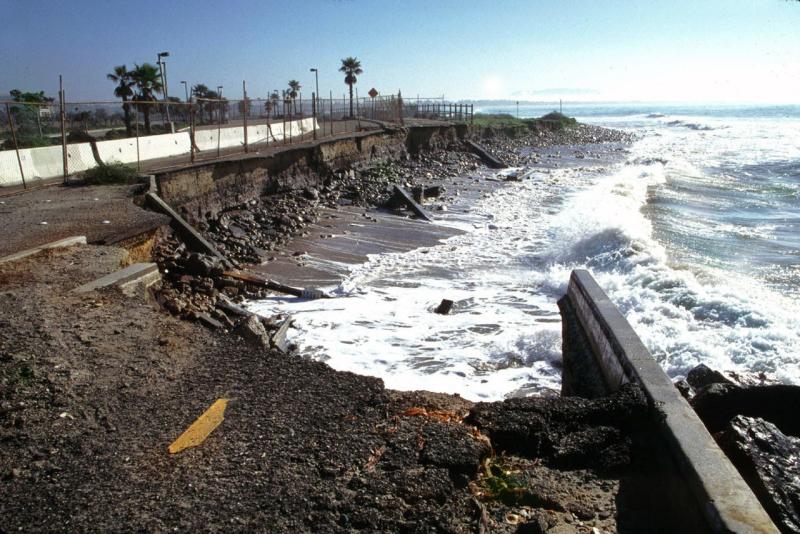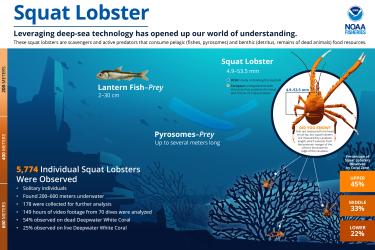Using natural features to help manage nature isn’t new, but it’s taking on new significance for coastal communities facing the impact of coastal flooding and rising seas. Natural infrastructure -such as tidal marshes, reefs and seagrass - protect coastal communities from storms while providing habitat for commercially-important fish species. They are useful for controlling shoreline erosion and flooding when you have habitat conservation goals to meet as well. That’s why NOAA and partners published a collection of nature-based case studies in Coastal California to showcase natural infrastructure shoreline projects designed for coastal challenges.
The report, Case Studies of Natural Shoreline Infrastructure in Coastal California (PDF, 41 pages), provides a range of examples for the varied geography of California’s coast. A detailed overview of each project is included that examines the planning, permitting, implementing, and monitoring involved. Each example also distills "Key Lessons for Success" including benefits, strategies, timelines and costs.
These case studies were designed to be useful to coastal planners, local governments, and others who are charged with protecting our coastal communities. This fills a gap in that professionals who work in this arena may not be aware of—emerging nature-based techniques.
“There is a knowledge gap,” says Jenna Judge, Coordinator of the San Francisco Sentinel Site Cooperative. “The go-to approach tends to be hardening the shoreline with rip-rap or seawalls, but these structures can often make the situation worse.
The Five Projects
Seal Beach - Orange County
Surfers Point - Ventura beach and dunes
San Francisco Bay - Marin County wetlands and nearshore habitat
Hamilton Wetland Restoration Project
Humboldt Bay/Eel River mouths - Coastal dunes
A Collaborative Experience
Strong partnerships are essential to moving large-scale habitat restoration projects forward. Experts from NOAA’s Coastal Zone Management Program, the NOAA Restoration Center, The Nature Conservancy, California State Coastal Conservancy, Point Blue Conservation Science and commercial partner ESA all provided valuable wisdom and experience in the creation of these examples. A team of 34 advisors from multiple agencies chose these five projects from a set of 60.
NOAA’s Restoration Center provided science and technical support for all of these projects, taking the lead on the San Francisco Bay Nearshore Linkages subtidal habitat project, a response for California’s Fourth Climate Assessment. Currently NOAA’s Restoration Center is putting lessons learned to work on a living shoreline project in Richmond, CA. Scheduled to be completed in 2018, the project includes partners like the California Coastal Conservancy and is funded from the Cosco Busan natural resources damage settlement.
NOAA builds partnerships with state agencies, other federal agencies, private sector firms, volunteers, the business community, and local non-governmental organizations. Our partners ensure that the right experts come together to form great teams, dedicated to sustaining and protecting marine life. We are building toward sustainable ecosystems and fisheries, tools and resources created by these teams will continue to guide our efforts that support healthy communities and economies.

